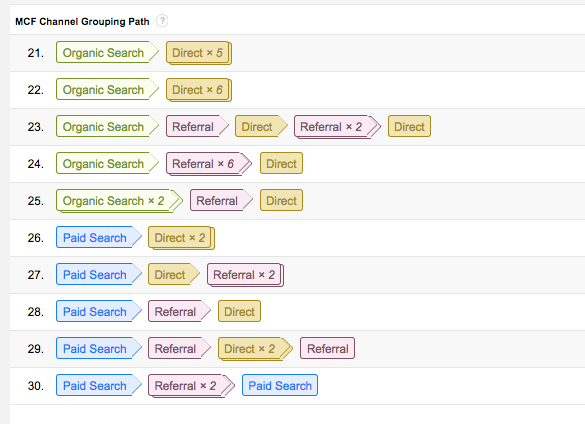Depending on how you measure the effectiveness of your community, you might be overlooking some of the ROI that it provides you. For example, forum visitors – those people who lurk but never register or post – can account for up to 90% (or more) of your traffic. This passive majority still benefits immensely and contributes to the return on your investment.
Why ROI can be hard to attribute

Near the end of last summer, my brother-in-law got a meat smoker for his birthday. He had a smoked meat sampling party (which was quite delicious). One of his friends was asking about the process and where he could get a smoker too. He mentioned Big Green Egg Community as a great place to check out, which surprised me. Big Green Egg is a Vanilla customer, but I had never mentioned this to him, and now those at the party were being directed to the Big Green Egg Community. There were a good dozen people at this party.
In short, this is what I learned from the experience:
- My brother in-law was a lurker, who got a recipe/tip/info from the community. (He told me he never signed up.)
- He was impressed by the community/product enough to mention it to his friend and others at the event, even though he was not their customer. (Most took a note on their phones to check it out later.)
- It lead to more Big Egg Purchases. (At least one of his friends did end up buying one.)
- The Big Green Egg Community will never get the full credit for these purchases.
Patrick O’Keefe shares a similar example in this article.
Trying to assign ROI to your visitors
This is not to say you have no way to measure ROI. Here are a couple of ways you can try to assess community value:
1) Ask your customers in a survey. You can attempt to gain some information about possible linkage between community and purchases through questionnaires of customers. Unfortunately, the data can be unreliable. (People don’t always remember where they came from).
2) Use a community specific coupon code. You could offer a coupon code specific to the community and members. This way you could track users that come from the community. The downside of issuing coupon codes is you are discounting your product or service. There is also no guarantee the source is directly from your community due to the proliferation of coupon sites.
3) Use your analytics tools. Finally we come to analytics tools. Within Google Analytics, or your other analytics tool of choice, they may have some sort of attribution reports. In Google Analytics, you have two areas to consider: Attribution reports and “Multi-Channel Funnels”. The goal of these reports is to assign credit to various stages of the buying process. They are not perfect, but may give you some insight.

The problem with relying on analytics for attribution neglects one major issue: It assumes the user is visiting with the same browser, they are not deleting cookies and they convert within a reasonable time (usually within 30 days). This does not even take into account that cross-device tracking is far from perfect. In short, you will never be able to measure the full value your community brings, from SEO to random events.
Summary
Focusing too hard on measuring direct ROI or community credit is something that will leave your community shortchanged for it’s full value. The real value your community brings is the searchable content viewable by anyone and shared with anyone else. For this reason, a community will have value beyond the member count you can measure and the clicks you can track.
(215)






